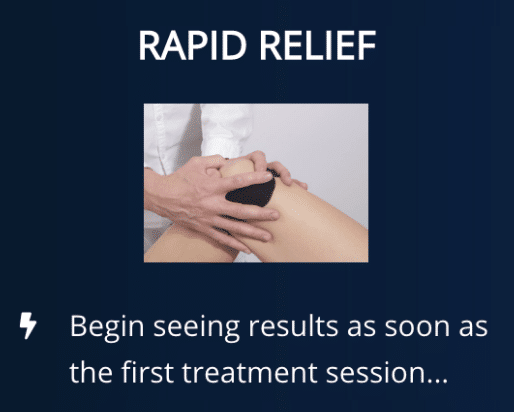
Sciatic Pain Treatment In Murfreesboro
Have you been experiencing sharp, shooting pain in your lower back that worsens when you sit? This might be a sign of sciatica, which occurs when the sciatic nerve becomes irritated or compressed. The sciatic nerve, the largest in the body, runs from your lower back through your hips and down each leg. Sciatica pain typically radiates along this path, often causing discomfort that ranges from mild to debilitating.
At Revolution Chiropractic Murfreesboro, our sciatica specialists focus on non-invasive, natural solutions like spinal adjustments and hands-on therapies to alleviate pain and improve mobility.
Dr. Oscar Noriega DC, a trusted chiropractor in Murfreesboro, has over ten years of experience treating sciatica and other conditions. This article explores the causes, symptoms, and effective chiropractic treatments for sciatica.





What Is Sciatica?
Sciatica refers to pain caused by compression or irritation of the sciatic nerve. This nerve originates from the lower spine and travels down each leg, ending in the feet. When the nerve is pinched—often due to a herniated disc, bone spur, or muscle spasm—pain can radiate along the nerve’s path.
Most cases of sciatica affect only one side of the body, but bilateral sciatica, where both legs are involved, is possible in rare instances. Chiropractic care is particularly effective in addressing sciatica pain, providing long-term relief and improved function.
Causes Of Sciatica
Sciatic nerve pain can be triggered by various factors, including:
- Herniated discs
- Degenerative disc disease
- Bone spurs
- Neuropathy
- Muscle imbalances or poor posture
- Obesity
- Pregnancy-related sciatica
- Tumors or blood clots
These conditions can compress or irritate the sciatic nerve, causing pain that ranges from mild discomfort to severe nerve-related issues.
Symptoms Of Sciatica
Common symptoms of sciatica include:
- Lower back pain radiating down one leg
- Burning or tingling sensation in the leg
- Weakness, numbness, or difficulty moving the leg or foot
- Pain that worsens when sitting or standing for long periods
- Sudden, sharp pain that feels like an electric shock
Symptoms vary based on the severity and cause of the nerve compression.
How a Chiropractor Diagnoses Sciatica
If you’re searching for a sciatica chiropractor near me or a chiropractor for sciatica in Murfreesboro, a comprehensive evaluation will ensure accurate diagnosis and effective treatment. This includes:
- Physical examination to assess reflexes, flexibility, and strength.
- Nerve tests to identify signal disruptions along the sciatic nerve.
- Imaging tests like X-rays, MRIs, or CT scans to pinpoint the cause of the pain.
These steps help your chiropractor craft a personalized treatment plan tailored to your unique needs.
How Chiropractic Care Treats Sciatica
If you’re looking for sciatica treatment near me, chiropractic care is a holistic, drug-free solution to relieve pain and promote healing. Dr. Oscar Noriega DC specializes in treating sciatica with personalized care plans designed to address the root cause of your discomfort.
Common chiropractic therapies for sciatica include:
Spinal Adjustments
Realigning the spine reduces nerve pressure, restores mobility, and alleviates pain.Ice/Cold Therapy
Ice packs or cold compresses can reduce inflammation and ease lower back pain associated with sciatica.Ultrasound Therapy
This technique uses sound waves and mild heat to reduce muscle spasms and improve blood circulation, enhancing your body’s natural healing process.Dietary and Lifestyle Modifications
Incorporating specific exercises and dietary changes can support long-term recovery.
Where to Find a Chiropractor for Sciatica Near Me
At Revolution Chiropractic Murfreesboro, we specialize in effective chiropractic care for sciatica and other nerve-related conditions. Dr. Oscar Noriega DC and his team use advanced techniques to relieve nerve pressure, reduce pain, and enhance mobility.
Whether you’re experiencing mild discomfort or severe sciatica pain, our goal is to provide long-lasting relief. If you’re searching for a chiropractor for sciatica in Murfreesboro TN or a chiropractor specializing in sciatica near me, schedule a consultation today.
Book your appointment now and take the first step toward a pain-free life.
Book An Appointment
Request an appointment online by calling us on (615) 867-7693
You can also use the online booking tool below
Do not ignore your Sciatica/Pinched Nerve, it can become worse overtime. It’s important to consult with the doctor and understand the root cause of Sciatica/Pinched Nerve.
Frequently Asked Questions
How can I get rid of sciatica?
Chiropractic adjustments, lower back massages, exercises to strengthen the lower back, and hot or cold packs are some of the options for managing sciatica.
Will walking give relief for sciatica nerve pain?
Rest, stretching, and walking helps to recover from sciatica. As the pain subsides you may begin exercises that strengthen the lower back and the hamstrings. Walking for twenty or thirty minutes each day can help you regain the muscle strength lost from bedrest.
What is the best position to lie down if I have sciatica?
Sleeping on your side is the best way for sciatic patients to sleep because it can release some of the pressure on the nerve. You can also place a pillow between your thighs or sleep on your back while raising your knees.
What should I avoid doing if I have sciatica?
You should not run, lift, or pick up heavy objects, nor should you spend much time in a chair or drive long distances if you suffer from sciatica. Try to relax, rest, put on cold packs, and then heat and wait while the pain passes.
Can I get medical insurance coverage for the treatment of Sciatica
Treatment for sciatica is typically covered by health insurance. Each health insurance is different and has specific coverage. Our office will assist you in contacting your insurance provider to find out about your health coverage.
Reviewed By

